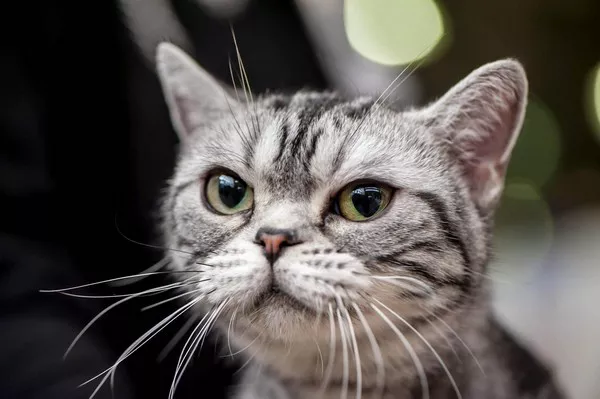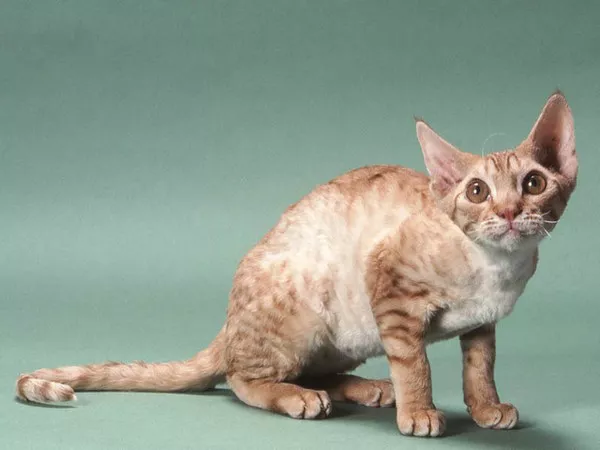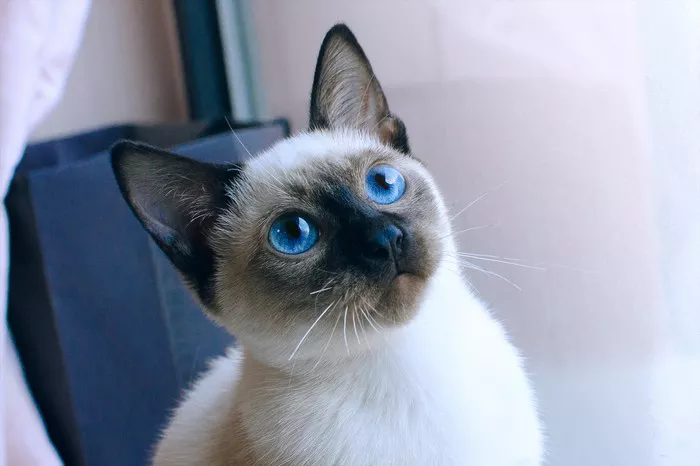American Shorthair cats, with their sleek coats and charming personalities, are cherished companions in many households. One common question that arises among cat owners is how often they should bathe their American Shorthair. Unlike their canine counterparts, cats are known for their meticulous grooming habits, and determining the right frequency for bathing is a nuanced aspect of feline care. This article navigates the intricacies of bathing an American Shorthair cat, exploring the factors influencing the need for baths, proper bathing techniques, and the overall well-being of these feline friends.
Understanding the Grooming Behavior of American Shorthair Cats
Before delving into the bathing frequency, it’s essential to understand the grooming behavior of American Shorthair cats. These cats are known for their excellent self-grooming abilities. Their short, dense coats are designed to be low-maintenance, requiring minimal intervention from owners. American Shorthairs groom themselves by licking, scratching, and using their tongues to keep their fur clean and well-maintained.
Natural Oils and Skin Health
The grooming behavior of American Shorthairs plays a crucial role in distributing natural oils across their coat. These oils contribute to the health of their skin and fur, providing essential moisture and protection. Over-bathing can strip away these natural oils, potentially leading to dry skin, irritation, and a dull coat. Understanding the balance between maintaining cleanliness and preserving the natural oils is key to effective cat care.
Factors Influencing the Need for Baths
While American Shorthairs are adept at self-grooming, certain factors may necessitate giving them baths. Understanding these factors helps determine an appropriate bathing schedule that aligns with the specific needs of individual cats.
Coat Condition
The condition of the cat’s coat is a primary factor influencing the need for baths. Cats that spend time outdoors may encounter dirt, debris, or substances that can affect the cleanliness of their fur. Additionally, indoor cats may develop mats or excess shedding that requires intervention. Regularly assessing the condition of the coat helps identify when a bath is necessary.
Allergies and Sensitivities
Some American Shorthair cats may develop allergies or sensitivities that manifest in their skin or fur. Bathing can help alleviate symptoms by removing potential allergens or irritants from the coat. However, it’s crucial to consult with a veterinarian to identify the specific cause of allergies and determine an appropriate bathing routine.
Health Conditions
Certain health conditions, such as obesity or mobility issues, may impact a cat’s ability to groom themselves effectively. Cats with arthritis or other ailments may struggle to reach certain areas of their body, leading to hygiene issues. In such cases, periodic baths may be recommended to maintain the overall health and cleanliness of the cat.
Establishing a Bathing Routine: Frequency and Techniques
Establishing a bathing routine for an American Shorthair cat involves finding the right balance between maintaining hygiene and respecting the cat’s natural grooming instincts. The frequency of baths and the techniques employed play crucial roles in ensuring a positive bathing experience for both the cat and the owner.
Bathing Frequency
In general, American Shorthair cats do not require frequent baths. The breed’s grooming habits usually suffice for keeping their coat in good condition. However, specific situations may warrant baths, and the frequency will depend on individual circumstances. As a general guideline, bathing once every two to three months is often sufficient for most American Shorthairs.
Kittens vs. Adult Cats
Kittens, especially those introduced to bathing at an early age, may adapt more easily to the process. Bathing kittens less frequently than adult cats is advisable, allowing them to acclimate to the experience gradually. For adult cats, the need for baths may vary based on factors such as health, lifestyle, and individual grooming habits.
Choosing the Right Cat-Friendly Products
Selecting appropriate cat-friendly products is crucial for a successful and stress-free bathing experience. Use specially formulated cat shampoos that are gentle on the skin and designed for feline coats. Avoid using human shampoos or harsh chemicals that can strip away natural oils and irritate the cat’s skin.
The Bathing Process: Step by Step
Executing the bathing process with care and patience is essential for ensuring the well-being of the cat and maintaining a positive relationship between the cat and the owner. The following step-by-step guide outlines a cat-friendly bathing process:
Preparation: Gather all necessary supplies, including cat shampoo, towels, a non-slip mat for the tub or sink, and a gentle brush for detangling.
Brushing: Before the bath, gently brush the cat’s coat to remove any loose fur, mats, or debris. This step helps prevent tangling during the bath.
Water Temperature: Use lukewarm water for the bath. Cats are sensitive to temperature, and water that is too hot or too cold can be uncomfortable for them.
Placement: Place a non-slip mat in the tub or sink to provide stability for the cat. Ensure a calm environment, free from loud noises or disturbances.
Introduction to Water: Gradually introduce the cat to the water. Start with wetting the paws and gradually work your way to wetting the entire body. Use a cup or a handheld sprayer for a gentle approach.
Application of Shampoo: Apply a small amount of cat shampoo, lathering it gently into the coat. Be mindful of avoiding the cat’s face and ears.
Rinsing: Thoroughly rinse the shampoo from the coat, ensuring no residue remains. Incomplete rinsing can lead to skin irritation.
Drying: Use a soft, absorbent towel to gently dry the cat. If the cat tolerates it, a low-heat blow dryer on the cool setting can be used. However, many cats may find the noise and sensation stressful.
Positive Reinforcement: Throughout the process, offer positive reinforcement in the form of treats, praise, and gentle petting. This helps create a positive association with bathing.
Signs of Stress and When to Seek Professional Help
While some cats may tolerate baths well, others may find the experience stressful. Monitoring the cat for signs of stress is crucial during and after the bathing process. Signs of stress in cats include:
Excessive vocalization
Hiding
Panting
Aggressive behavior
Excessive grooming post-bath
If a cat consistently exhibits extreme stress or if bathing becomes a challenging task, it’s advisable to seek professional help. Veterinarians or professional groomers experienced in handling cats can provide guidance on alternative grooming methods or address underlying issues contributing to stress.
In Conclusion
Determining how often to bathe an American Shorthair cat involves a thoughtful consideration of individual needs, lifestyle, and health factors. While these cats are generally adept at self-grooming, occasional baths may be necessary to address specific conditions or situations. Approach bathing with patience, use cat-friendly products, and prioritize the cat’s comfort throughout the process. By understanding the nuances of feline grooming and implementing a considerate bathing routine, cat owners can contribute to the overall well-being and happiness of their American Shorthair companions.



























